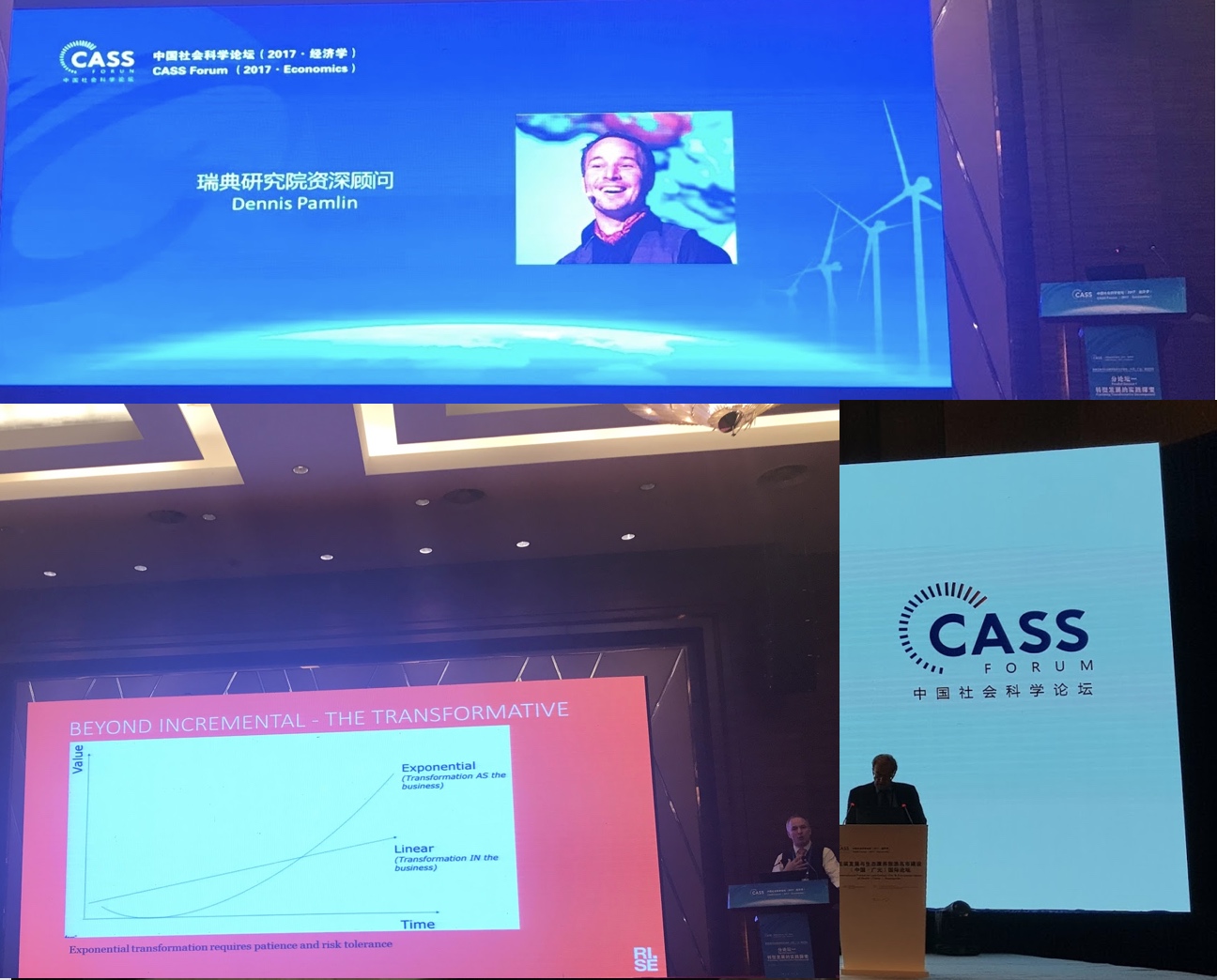Vivian Reading and the low carbon ICT team at DG Infosoc: A 21st century climate hero
/ I don’t think that many expected Viviane Reding, European Commissioner for Information Society and Media, to become one of the leading global voices for innovative climate solutions two years ago. A little more than a year ago during the European Business Summit was the first time that I heard her publicly made it very clear that she saw ICT as an important part of the climate solution. Now during the ICT4EE: High Level Event on ICT for Energy Efficiency she delivered a speech that was really encouraging in terms of scope and focus.
I don’t think that many expected Viviane Reding, European Commissioner for Information Society and Media, to become one of the leading global voices for innovative climate solutions two years ago. A little more than a year ago during the European Business Summit was the first time that I heard her publicly made it very clear that she saw ICT as an important part of the climate solution. Now during the ICT4EE: High Level Event on ICT for Energy Efficiency she delivered a speech that was really encouraging in terms of scope and focus.
It was a fascinating feeling to see the big ICT4EE banner at Charlemagne. A year ago the focus in the commission was still ICT as a ”problem” (The emissions from ICT) and the work related to the solutions that smart ICT solutions can provide was very marginal. In less than two years this has changed and Redding moved to the forefront, not only in EU but globally when it comes to an innovation based solutions agenda.
The language on the page for ICT4EE is happy reading of anyone that believe in a innovation and solution agenda.
Let’s hope that Vivian and her team will deliver recommendations that will ensure that the words and visions that turn into concrete action.
Below are my bullet point recommendations for the commissions that I presented in my keynote during the ICT4EE event:
1. Clear responsibility
- Important to be able to track and measure what is happening and without clear responsibility (that include targets) ICT for energy efficiency will only be an idea.
2. Separate the 2% from the 98% even more
- Ensure focus and right tools. It is hard to support innovation and large parts of the ICT industry still not get it (during the initial keynote presentation it was sad to hear a business representative talk about smaller boxes for mobile phones and energy efficient base stations. Not only did it sound like a sale pitch it also showed that he did not understand what the focus now is. Business needs to ensure that they bring the representatives that understand the issue, and they exist in all companies so it should not be a problem. I can also recommend the joint WWF-Gartner assessment as guide to ensure that leading companies are given space)
3. Frame the recommendation within the concepts of “low- and high carbon feedback” or “20th century and 21st century infrastructure”
- Look beyond the direct reductions and ensure the right direction. ICT can help accelerate reduction by triggering further investments in smart solutions that help reduce emissions further. Too much money is invested in infrastructure that is not really delivering anything else but a lock-in into a 20th century resource intensive society that block innovation.
4. Track support and subsidies
- No need for subsidies, but urgent need for technology neutral solutions. Few low carbon ICT solutions need any subsidies, but they need rules that are technology neutral and sometime get transition support as we move from a 20th century infrastructure (with built in subsidies /support for old energy intensive solutions) to a 21st century smart infrastructure (with built in subsidies/support for energy efficient solutions). Support for smart grid solutions that encourage increased decentralised energy production and buildings that are net producers of energy is one example of an important measure. To encourage transparency it would be good with a tool that can track support and subsidies in 20th or 21st century infrastructure.
5. Include targets and special support for solutions that reduce CO2 emissions with 90% or more/ are 100 times better or more
- The more I think about it the more important I think that this policy is. I see so many initiatives (and organisations) that ignore innovation and solutions that really can make a difference as they focus on incremental improvements in existing systems. Very seldom are the really sustainable solutions discussed and there are many reasons for that (difficult to calculate the CO2 savings when significant shifts happens, limits in current economic models, political structures mirrors existing old business structures not tomorrows businesses, etc). In order to allow these solutions space to develop and understand the needs better targets and support is needed.
6. Shift from product to service
- All major policies and public procurement (EU first to require meeting agencies?) The commission and the member states must change their thinking from products to services both in policy development (include ICT solutions in infrastructure planning) and in key instruments (use public procurement to put pressure).
7. A Global perspective
- Solutions should be developed that can be used around the world, especially emerging markets like China and India. The solutions should also be developed together with other governments and companies outside EU. Targets for export and import are needed as well as targets for employment (not just in one country or region, but globally), but even more important is target for productivity.






























